

Articles
How To Store Used Peanut Oil
Modified: February 27, 2024
Learn the proper way to store used peanut oil and ensure its longevity with these helpful articles. Discover tips and tricks to maximize the freshness and quality of your cooking oil.
(Many of the links in this article redirect to a specific reviewed product. Your purchase of these products through affiliate links helps to generate commission for Storables.com, at no extra cost. Learn more)
Introduction
Welcome to our guide on how to store used peanut oil. Many people enjoy deep-fried foods, and peanut oil is a popular choice for frying due to its high smoking point and delicious flavor. However, after using peanut oil for frying, it is important to store it properly to maintain its quality and extend its shelf life.
Properly storing used peanut oil not only helps preserve its flavor and nutritional value but also minimizes waste and saves money in the long run. In this article, we will discuss the importance of storing used peanut oil, the steps involved in storing it, the necessary equipment, and tips to extend its shelf life. So, let’s get started!
Key Takeaways:
- Properly storing used peanut oil is crucial for maintaining its flavor, nutritional benefits, and shelf life. Follow the steps outlined to ensure freshness and quality for future use.
- By following the tips provided, you can extend the shelf life of your used peanut oil and enjoy its freshness for a longer period. Practice proper storage and care to maintain the oil’s quality.
Read more: How To Store Used Peanut Oil For Reuse
Why is it important to store used peanut oil?
Storing used peanut oil correctly is crucial for several reasons. First and foremost, it helps maintain the quality and flavor of the oil. If left exposed to air and heat, the oil can become rancid, resulting in an unpleasant taste and odor. By storing the oil properly, you can ensure that it remains fresh and ready for future use.
Proper storage also helps extend the shelf life of used peanut oil. When stored correctly, it can be reused multiple times before needing to be discarded. This not only saves money but also reduces waste.
Additionally, improper storage of used peanut oil can lead to potential health risks. When used oil is exposed to air, it becomes a breeding ground for bacteria, which can cause foodborne illnesses. Storing the oil in a clean, airtight container helps prevent the growth of harmful bacteria, ensuring that the oil remains safe for consumption.
Another reason to store used peanut oil properly is to preserve its nutritional benefits. Peanut oil is rich in monounsaturated fats, vitamin E, and antioxidants. These nutrients can degrade if the oil is exposed to light, heat, and air. By storing the oil in a cool and dark place, you can help preserve its nutritional value.
Lastly, proper storage of used peanut oil helps in maintaining a clutter-free and organized kitchen. By transferring the oil to a designated storage container, you can free up space on your countertops and reduce the risk of accidental spills or leaks.
Overall, storing used peanut oil correctly is essential for maintaining its quality, extending its shelf life, reducing waste, preventing health risks, and preserving its nutritional benefits. In the next section, we will discuss the steps involved in storing used peanut oil.
Steps to store used peanut oil
Storing used peanut oil is a simple process that requires a few steps to ensure its freshness and quality. Follow these steps to store your used peanut oil properly:
- Cool the oil: Before storing, allow the used peanut oil to cool completely. This will prevent any potential accidents or burns during the storing process.
- Clean and filter the oil: It is important to clean the oil to remove any food particles or sediments that may be present. To do this, you can use a fine mesh sieve or cheesecloth to strain the oil. Filtering removes impurities and helps maintain the oil’s quality.
- Choose the right storage container: Select a clean, airtight container made of a food-grade material such as glass or stainless steel. Avoid using plastic containers, as they can absorb odors and flavors from the oil.
- Transfer the oil: Carefully pour the filtered oil into the storage container, leaving some headspace at the top. This allows for expansion of the oil if it freezes or solidifies.
- Seal the container: Ensure that the container has a tight-fitting lid or cap to prevent air from entering and causing the oil to go rancid. Make sure the lid is secure and sealed properly.
- Label the container: To keep track of the oil’s age, label the container with the date it was stored. This will help you know when it is time to discard the oil.
- Store in a cool and dark place: Find a spot in your pantry or cabinet away from direct light and heat sources. Heat and light can accelerate the oil’s degradation process, so it is important to store it in a cool, dark place.
- Check for spoilage: Periodically check the oil for any signs of spoilage, such as a foul smell, mold growth, or unusual color. If you notice any of these signs, discard the oil immediately. It is better to be safe than sorry.
By following these steps, you can store your used peanut oil properly, ensuring its freshness and quality for future use. In the next section, we will discuss the equipment needed for storing used peanut oil.
Equipment needed for storing used peanut oil
Storing used peanut oil requires a few essential pieces of equipment to ensure proper storage and to maintain its freshness. Here is a list of equipment you will need:
- Sieve or cheesecloth: A fine mesh sieve or a cheesecloth is necessary to filter the used peanut oil and remove any food particles or sediments that may be present. This helps to maintain the quality and cleanliness of the oil.
- Storage container: Choose a clean, airtight container made of a food-grade material such as glass or stainless steel. The container should have a tight-fitting lid or cap to prevent air from entering and causing the oil to spoil. Avoid using plastic containers, as they can absorb odors and flavors from the oil. Make sure the container is large enough to hold the amount of used peanut oil you have.
- Funnel: A funnel can be useful when transferring the filtered oil from the pot or pan into the storage container. It helps to prevent spills and ensures that the oil goes directly into the container without any mess.
- Labels and marker: It is important to label the storage container with the date the oil was stored. This helps you keep track of the oil’s age and determine when it should be discarded. Use labels and a marker to clearly mark the container with the date.
- Clean cloth or paper towels: Keep a few clean cloths or paper towels handy to wipe off any excess oil or spills during the storing process. This helps to maintain cleanliness and prevents any potential slippage.
- Cool, dark storage area: While not an equipment item, it is important to have a cool and dark place to store the container of used peanut oil. Find a spot in your pantry or cabinet that is away from direct light and heat sources, as heat and light can accelerate the oil’s degradation process.
Having these equipment items on hand will make the process of storing used peanut oil much easier and efficient. Now that you have all the necessary equipment, you are ready to store your used peanut oil properly. In the next section, we will discuss the steps involved in cleaning and filtering the used peanut oil before storage.
Cleaning and filtering the used peanut oil
Before storing used peanut oil, it is important to clean and filter it to remove any food particles or sediments that may be present. This process helps maintain the quality and cleanliness of the oil, ensuring its freshness for future use.
Follow these steps to clean and filter your used peanut oil:
- Cool the oil: Allow the used peanut oil to cool completely before cleaning. This will prevent any accidents or burns during the process.
- Set up the filtration system: Place a fine mesh sieve or a piece of cheesecloth over a clean container or a pot. The container should be larger enough to hold the filtered oil. If using a sieve, ensure that it is positioned securely over the container.
- Pour the oil: Slowly pour the cooled used peanut oil into the filtration system. Make sure to pour it gently and avoid any spills or splashes.
- Filter the oil: As the oil passes through the sieve or cheesecloth, it will collect any food particles or sediments present in the oil. Allow the oil to pass through the filter completely until you have a clean and clear liquid in the container.
- Discard the filtered residue: Once you have filtered the oil, carefully dispose of the residue collected in the sieve or cheesecloth. You can wrap it in a paper towel or place it in a plastic bag before disposing it in the trash.
- Transfer the filtered oil: Clean the storage container you will be using to store the oil. Use a clean cloth or paper towel to wipe off any oil residue that may be present. Then, use a funnel to carefully pour the filtered oil into the container.
- Seal the container: Ensure that the storage container has a tight-fitting lid or cap to prevent air from entering and causing the oil to spoil. Make sure the lid is secured properly.
- Label the container: To keep track of the oil’s age, label the container with the date it was stored. This will help you know when it is time to discard the oil.
By following these steps, you can clean and filter your used peanut oil effectively. This process removes impurities and helps maintain the quality of the oil for future use. In the next section, we will discuss the important factors to consider when choosing the right storage container for used peanut oil.
After using peanut oil, allow it to cool completely, then strain it through a fine mesh sieve or cheesecloth to remove any food particles. Store it in a clean, airtight container in a cool, dark place to extend its shelf life.
Read more: How To Store Peanut Oil
Choosing the right storage container
When it comes to storing used peanut oil, choosing the right storage container is crucial. The container you select should be able to protect the oil from air, light, and heat, ensuring its freshness and quality over time. Here are some factors to consider when choosing a storage container:
- Material: Opt for a container made of a food-grade material such as glass or stainless steel. These materials are non-reactive and do not absorb odors or flavors from the oil. Avoid plastic containers, as they can leach chemicals and affect the taste and quality of the oil.
- Size: Consider the amount of used peanut oil you have and choose a container that is large enough to hold it comfortably with some room to spare. This extra space allows for any expansion of the oil if it freezes or solidifies.
- Airtight lid or cap: Ensure that the container has a tight-fitting lid or cap that can seal completely. This prevents air from entering the container and causing the oil to go rancid. A proper seal is essential to maintain the freshness and quality of the oil.
- Dark color: Look for containers that are dark in color or made from opaque materials. Exposure to light can accelerate the degradation process of the oil. By using a dark-colored container, you can protect the oil from harmful UV rays and maintain its quality.
- Ease of use: Consider the practicality of the container. Look for features such as a wide opening for easy pouring and cleaning. Easy-to-grip handles or a pour-spout can also make it convenient to use the stored oil for future cooking.
- Durability and easy cleaning: Choose a container that is durable and easy to clean. Glass and stainless steel containers are often dishwasher-safe, making them hassle-free to maintain. Avoid containers with intricate designs or hard-to-reach corners, as these can trap oil and make cleaning difficult.
By considering these factors, you can choose the right storage container for your used peanut oil. Remember, the goal is to protect the oil from air, light, and heat to maintain its freshness and quality. In the next section, we will discuss how to seal and store the used peanut oil properly.
Seal and store the used peanut oil
After cleaning and filtering the used peanut oil and selecting the appropriate storage container, the next step is to properly seal and store the oil. Proper sealing ensures that the oil remains fresh, free from contamination, and maintains its quality during storage. Here’s what you need to do:
- Cool the oil: Ensure that the used peanut oil has cooled completely before transferring it to the storage container. This will prevent any potential accidents or spills during the sealing process.
- Transfer the oil: Using a funnel, carefully pour the cleaned and filtered oil into the chosen storage container. Leave some headspace at the top to allow for expansion if the oil solidifies or freezes.
- Wipe the container: Before sealing the container, make sure to wipe any excess oil from the rim or threads of the container. This will ensure a proper seal and prevent any oil from seeping out.
- Seal the container: Ensure that the storage container has a tight-fitting lid or cap. Check that the lid is properly aligned and secured to create an airtight seal. This prevents air from entering the container and helps maintain the freshness of the oil.
- Label the container: Use a label or a marker to clearly mark the container with the date the oil was stored. This will help you keep track of the oil’s age and determine when it should be discarded.
- Store in a cool and dark place: Find a suitable storage spot in a cool and dark area, such as a pantry or cabinet. Avoid placing the oil near heat sources or in direct sunlight, as these factors can accelerate the oil’s degradation process.
- Avoid temperature fluctuations: Rapid changes in temperature can negatively impact the oil’s quality. Avoid storing the oil in areas prone to temperature fluctuations, such as near the stove or refrigerator.
- Avoid excessive shaking or agitation: Try to minimize unnecessary movement or shaking of the container, as this can introduce air into the oil and potentially affect its quality. Handle the container with care to prevent any accidental spills or leaks.
- Periodically check for spoilage: Regularly inspect the stored oil for any signs of spoilage, such as a foul smell, mold growth, or unusual color. If you notice any of these signs, it is best to discard the oil to avoid any potential health risks.
By following these steps, you can properly seal and store your used peanut oil. This ensures that the oil remains fresh, free from contamination, and maintains its quality for future use. In the next section, we will provide tips on how to extend the shelf life of used peanut oil.
Tips for extending the shelf life of used peanut oil
To maximize the shelf life of used peanut oil and ensure its freshness, there are several tips you can follow. By taking proper care of the oil, you can extend its usability and maintain its quality. Here are some tips to help you accomplish this:
- Strain the oil before each use: Before reusing the peanut oil, strain it through a fine mesh sieve or a coffee filter to remove any food particles or impurities. This helps to prevent the oil from getting contaminated and maintains its quality.
- Store in a cool and dark place: Keep the container of used peanut oil in a cool and dark area, such as a pantry or cabinet. Avoid storing it near heat sources or in direct sunlight, as exposure to heat and light can degrade the oil faster.
- Avoid moisture exposure: Moisture can lead to the growth of mold or bacteria in the oil. Make sure the container is tightly sealed to prevent any moisture from entering. Additionally, avoid storing the oil in a humid environment.
- Minimize exposure to air: Air exposure can cause the oil to turn rancid and affect its flavor and quality. Ensure that the container is tightly sealed and avoid unnecessary opening and closing of the container.
- Keep away from strong odors: Peanut oil has a distinct flavor and can absorb strong odors. Keep the container away from strong-smelling substances like garlic, onions, or spices to prevent the oil from taking on unwanted flavors.
- Avoid reusing excessively: While peanut oil can be reused multiple times, it is important to monitor its quality. If the oil starts to develop a strong odor, dark color, or a rancid taste, it is best to discard it rather than reusing it.
- Regularly inspect for spoilage: Periodically check the stored oil for any signs of spoilage, such as a foul smell, mold growth, or unusual color. If you notice any of these signs, it is recommended to discard the oil to avoid any potential health risks.
- Rotate the oil: If you frequently use peanut oil for frying, it is a good practice to rotate the oil. Use older oil first and refill the container with fresh oil. This helps maintain the flavor and quality of the oil.
- Monitor the storage time: While the storage life of used peanut oil varies, it is generally recommended not to store it for more than a few months. Keep track of the date the oil was stored and ensure that it is used within a reasonable time frame.
- Follow proper frying practices: Proper frying practices can help extend the life of peanut oil. Avoid overheating the oil, as this can degrade its quality faster. Additionally, use a clean fryer or pan and avoid overcrowding with food, as this can introduce contaminants into the oil.
By following these tips, you can extend the shelf life of your used peanut oil and enjoy its freshness for a longer period. Remember to practice proper storage and care to maintain the oil’s quality. Now, let’s conclude our guide on storing used peanut oil.
Conclusion
Properly storing used peanut oil is essential for maintaining its freshness, quality, and shelf life. By following the steps outlined in this guide, you can ensure that your used peanut oil remains in excellent condition for future use.
Start by allowing the oil to cool completely before cleaning and filtering it to remove any food particles or sediments. Choose a suitable storage container made of food-grade material, such as glass or stainless steel, with a tight-fitting lid or cap. Properly seal the container, label it with the storage date, and store it in a cool, dark place away from direct light and heat sources.
Additionally, follow the tips provided to extend the shelf life of your used peanut oil. Strain the oil before each use, minimize exposure to air and moisture, avoid strong odors, and regularly inspect for spoilage. These practices will help preserve the quality and flavor of the oil.
Remember to use your senses and common sense when dealing with stored oil. If you notice any signs of spoilage, such as a foul smell, mold growth, or unusual color, it is best to discard the oil to avoid any potential health risks.
By taking proper care of your used peanut oil, you can reduce waste, save money, and continue enjoying delicious fried foods without compromising on taste or quality. So, the next time you use peanut oil for frying, remember to follow these storage guidelines for a successful and satisfying cooking experience!
Frequently Asked Questions about How To Store Used Peanut Oil
Was this page helpful?
At Storables.com, we guarantee accurate and reliable information. Our content, validated by Expert Board Contributors, is crafted following stringent Editorial Policies. We're committed to providing you with well-researched, expert-backed insights for all your informational needs.
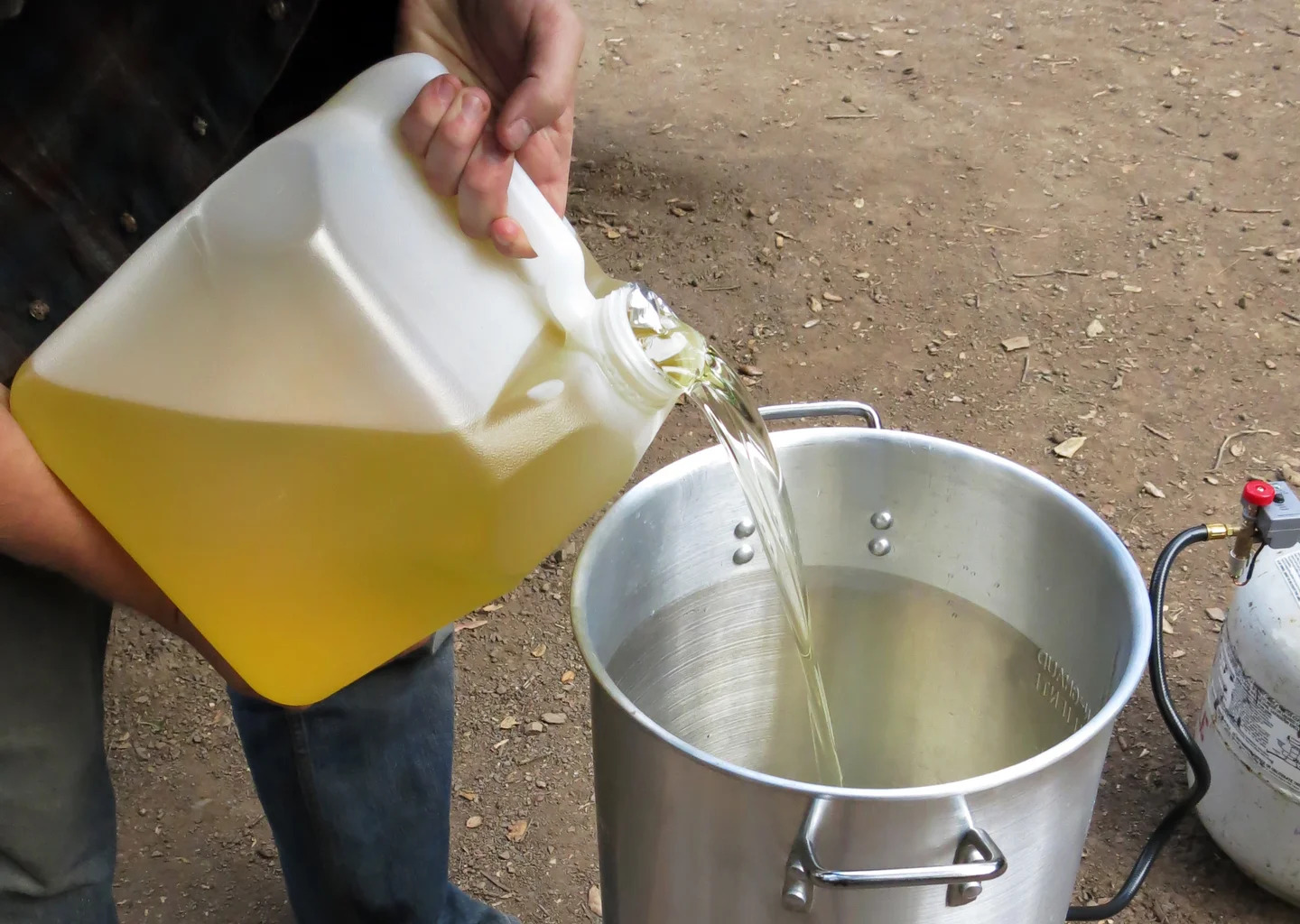
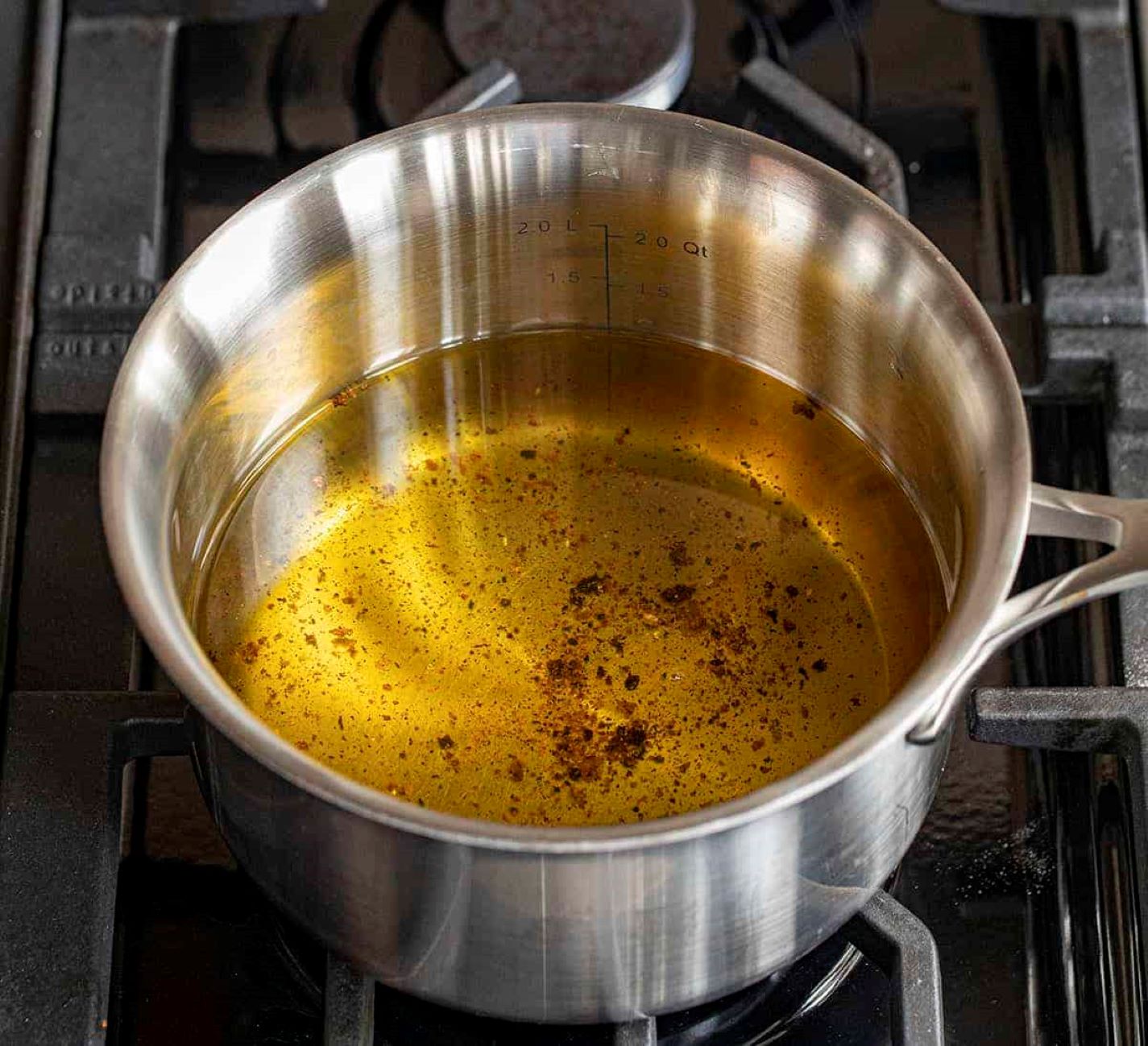
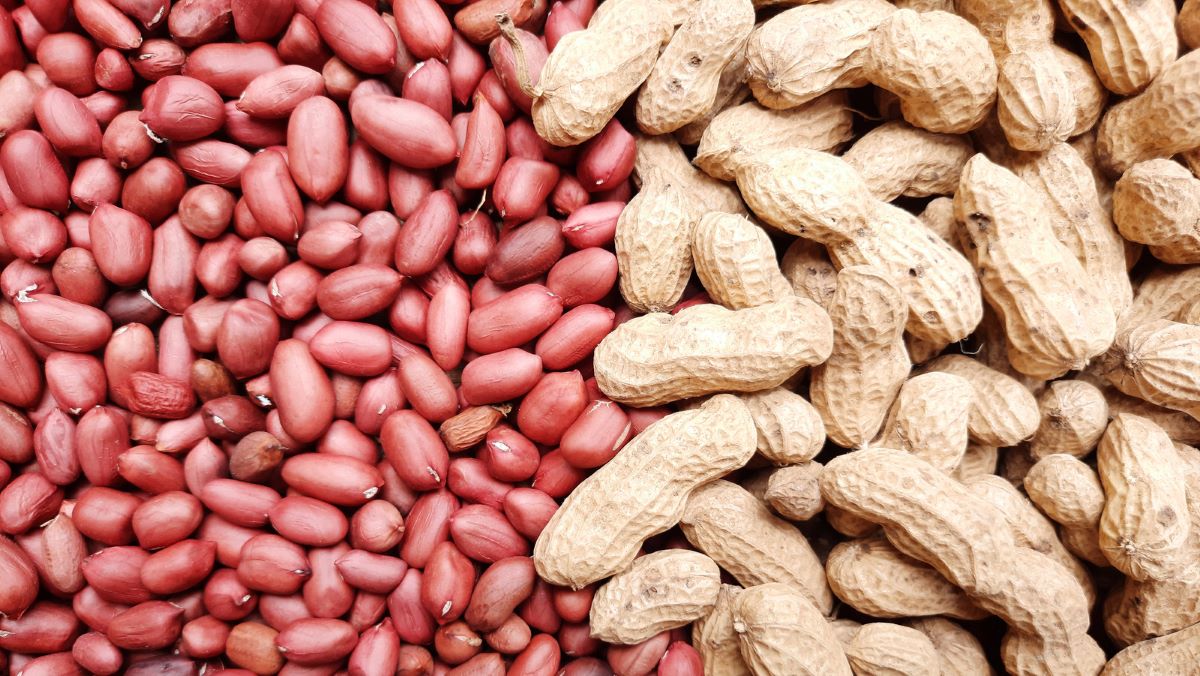
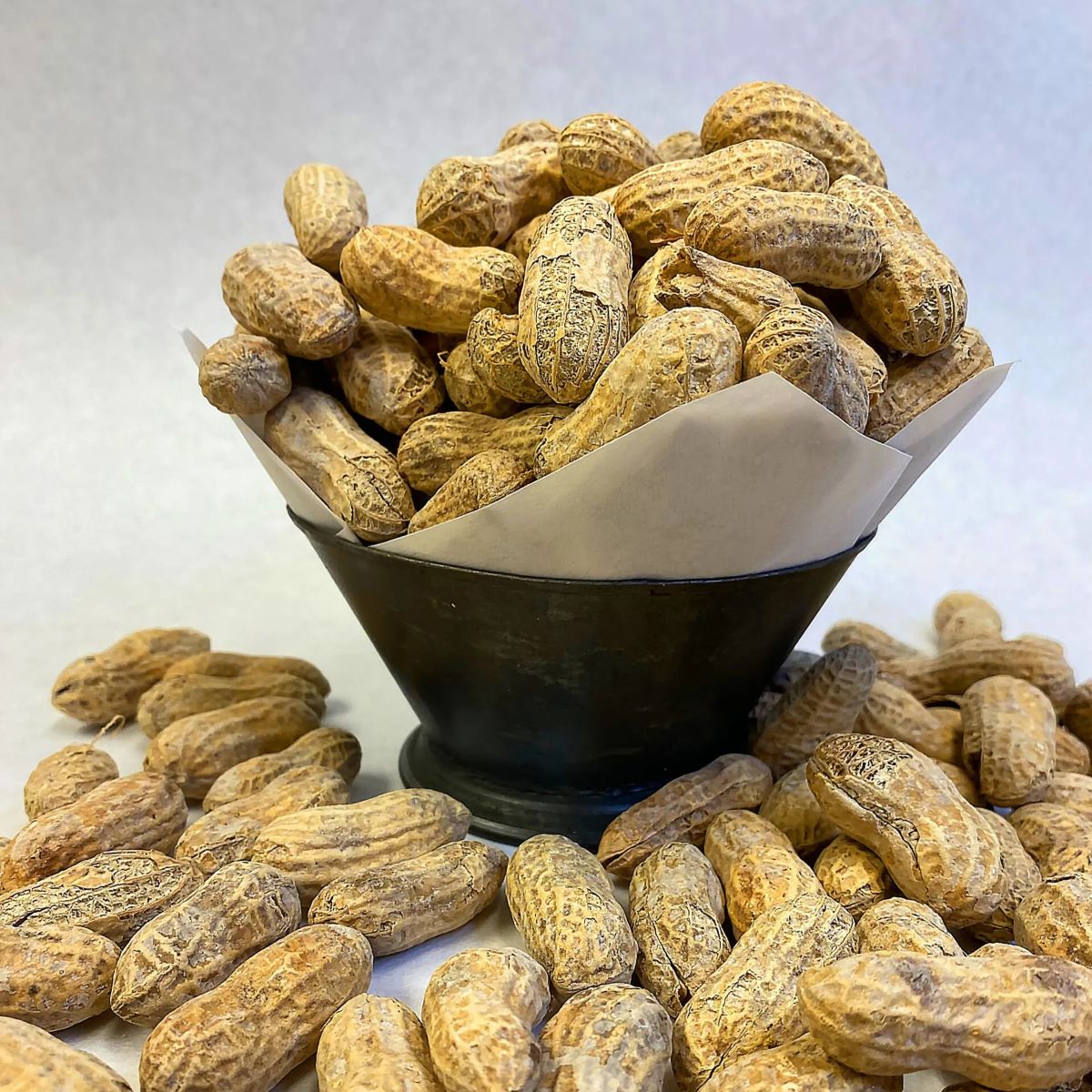
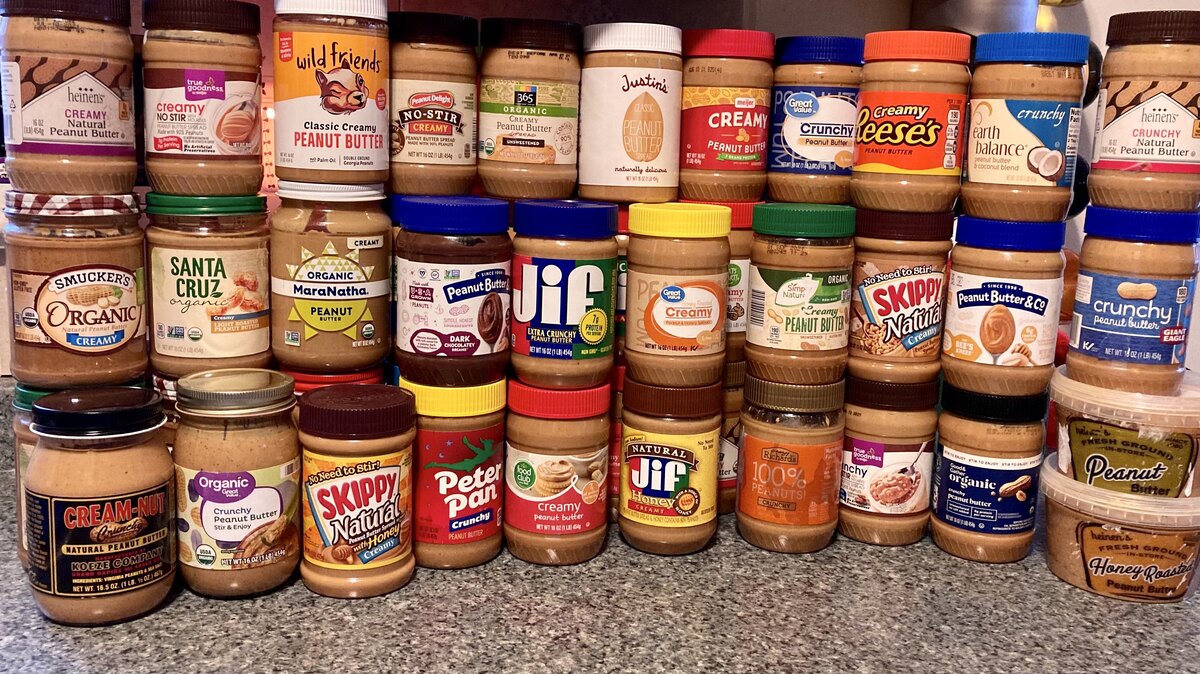
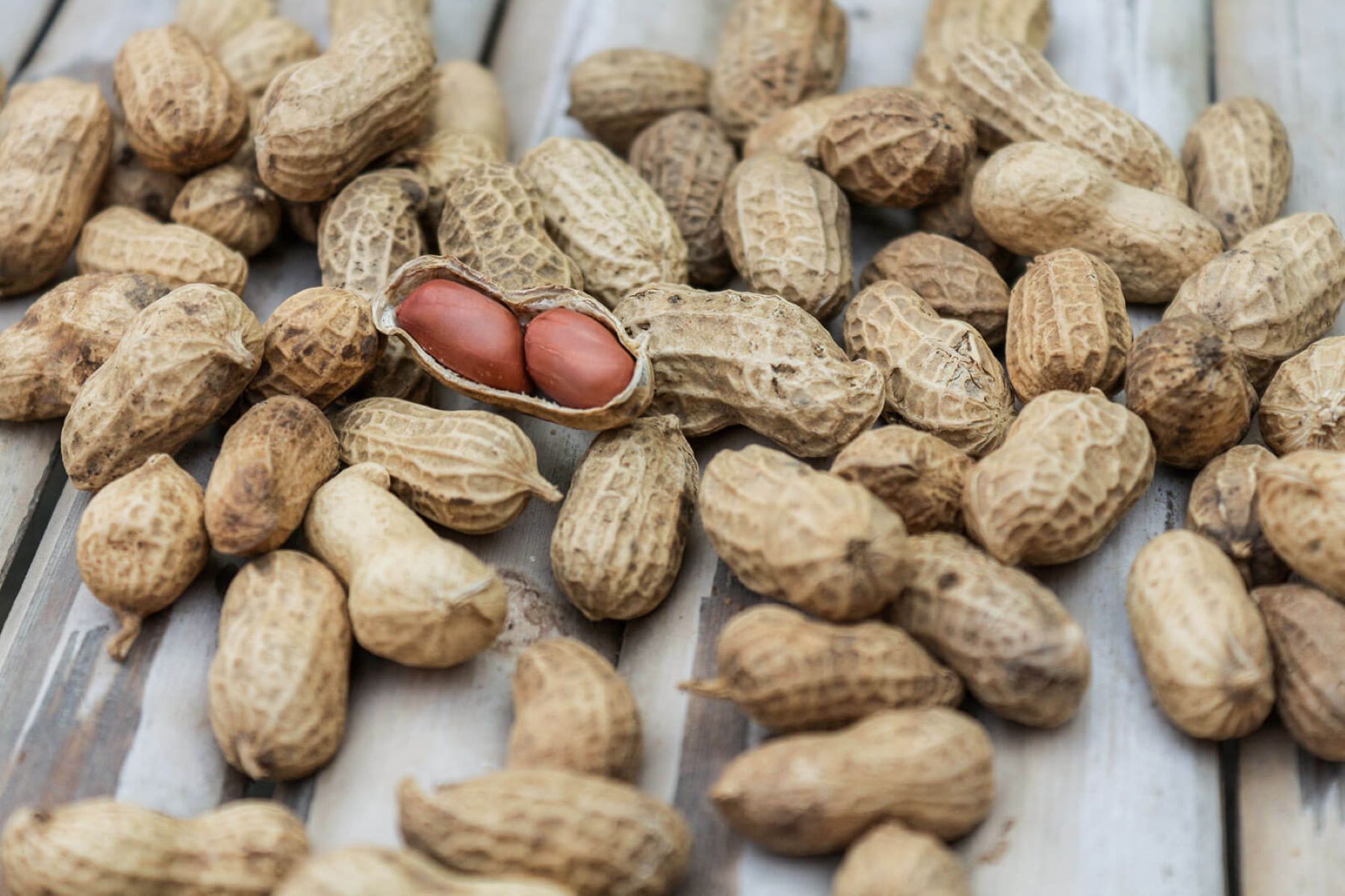
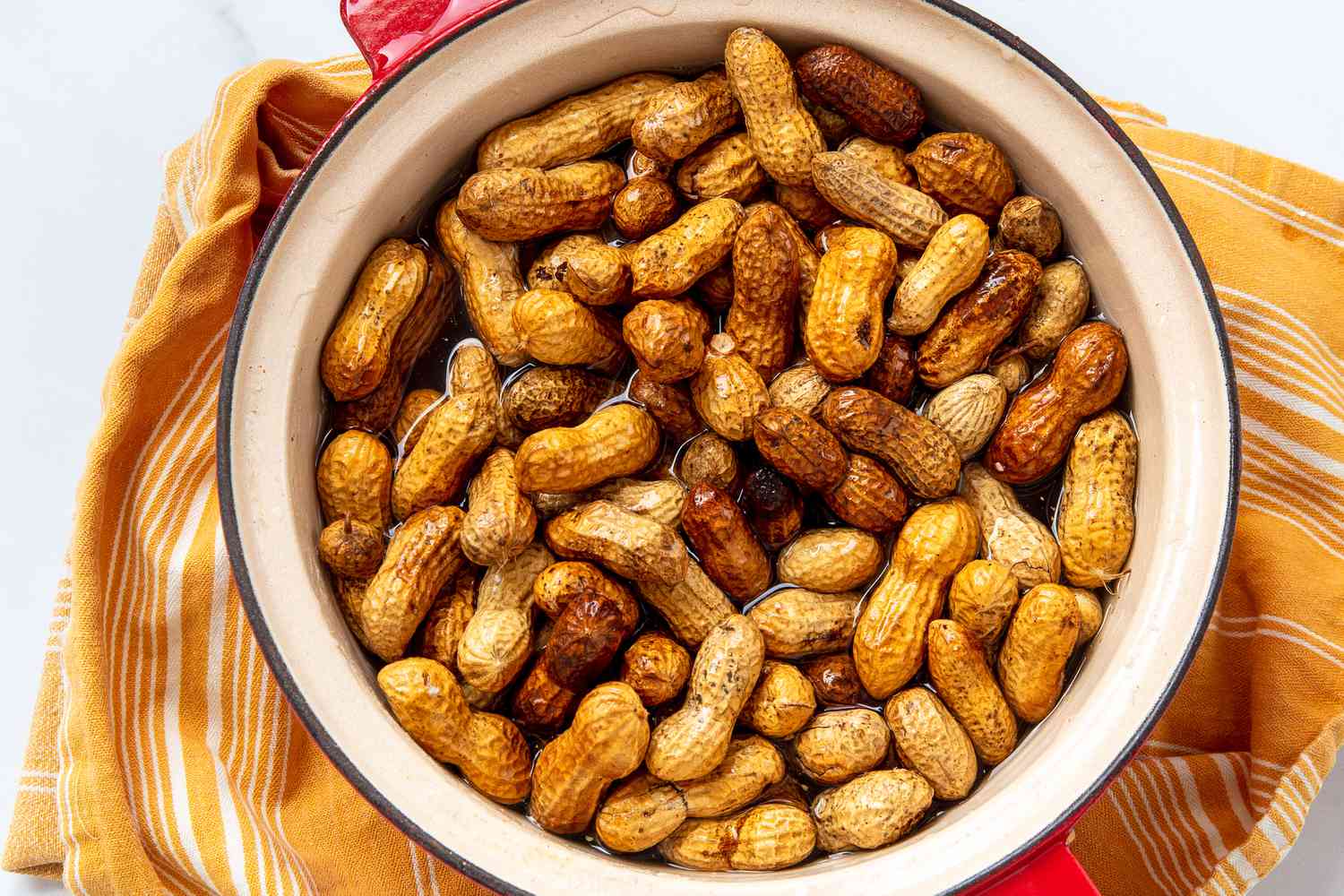
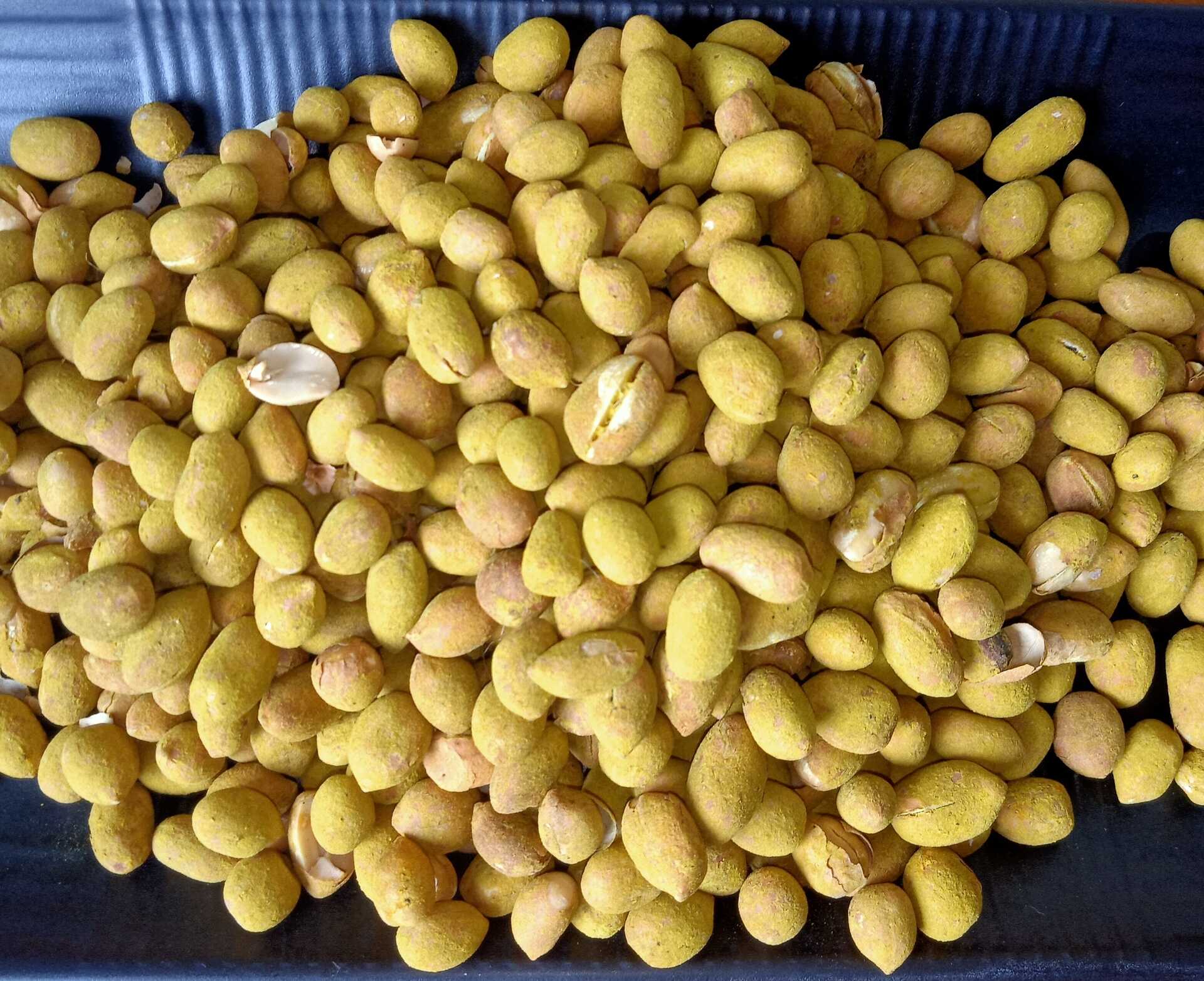
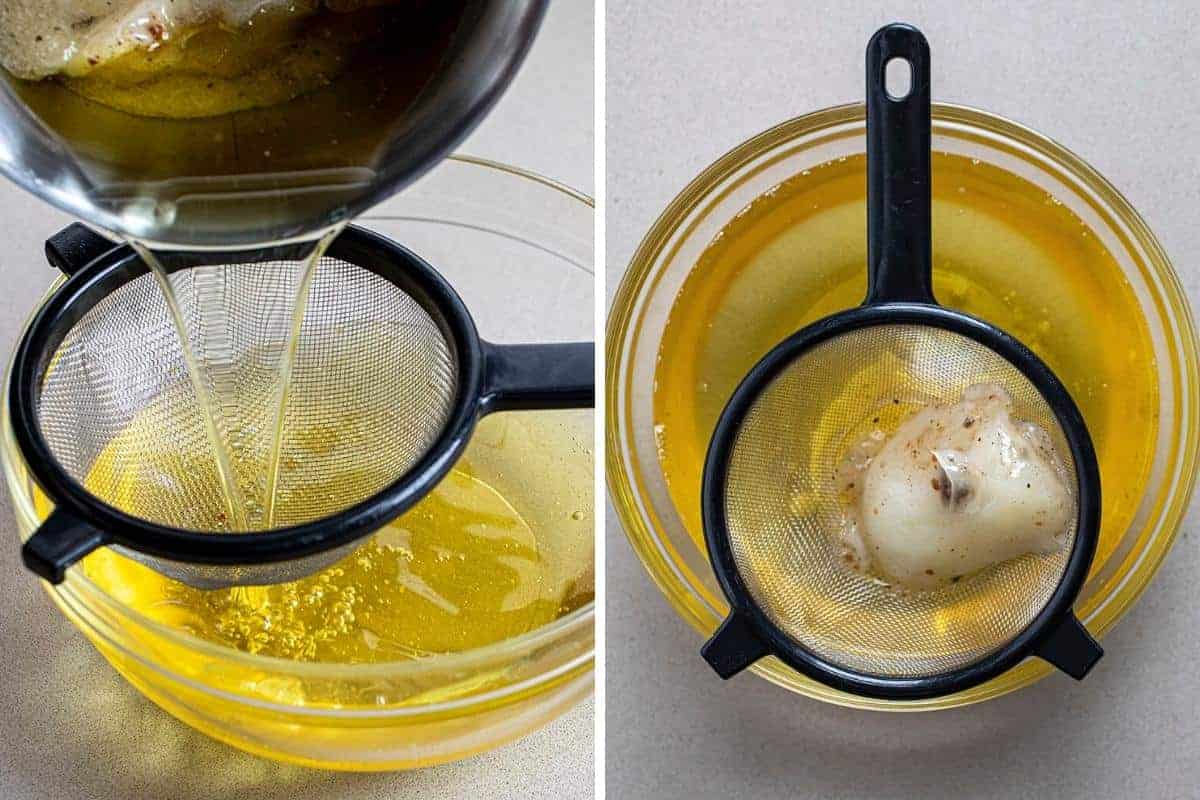
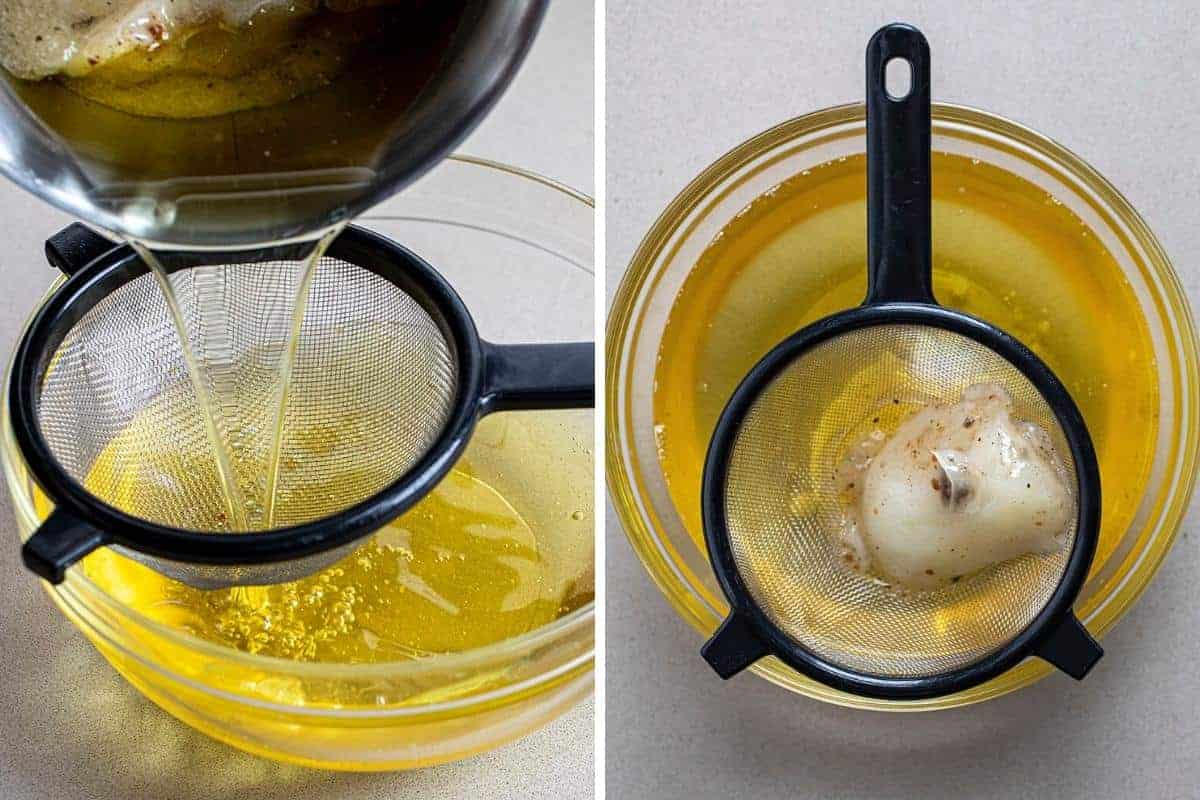
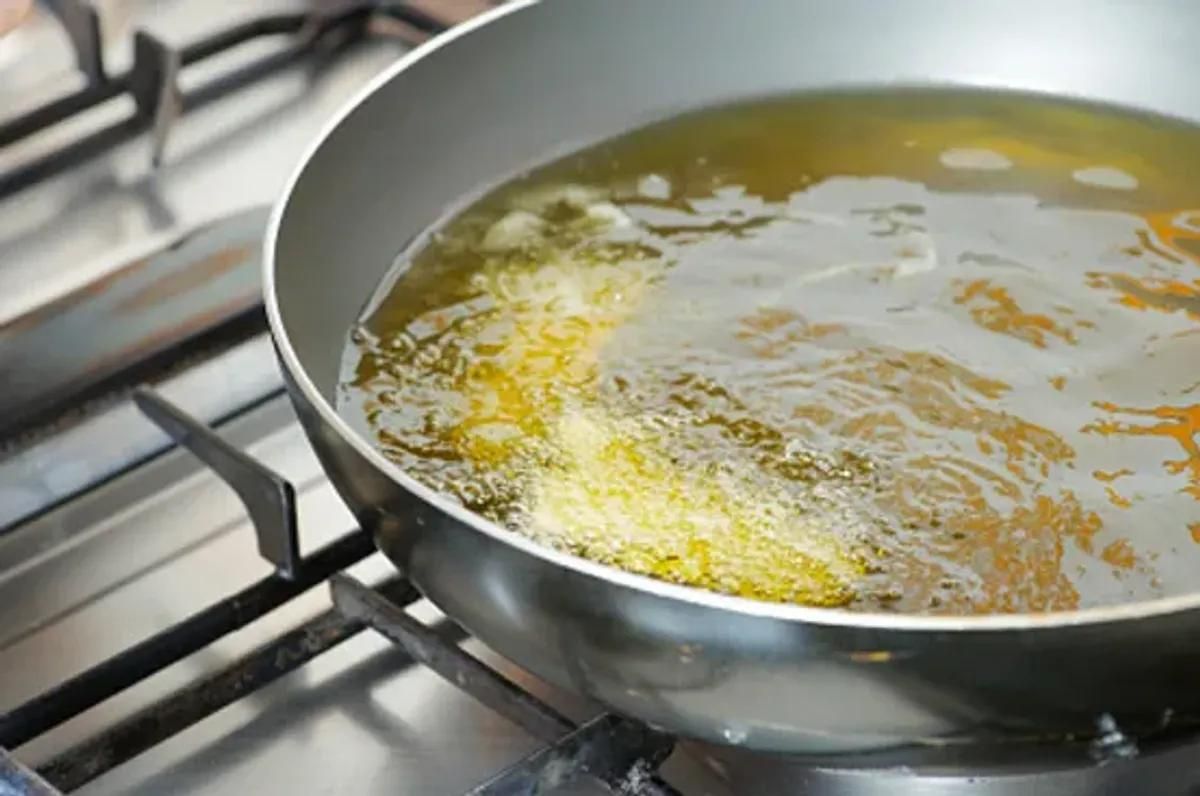
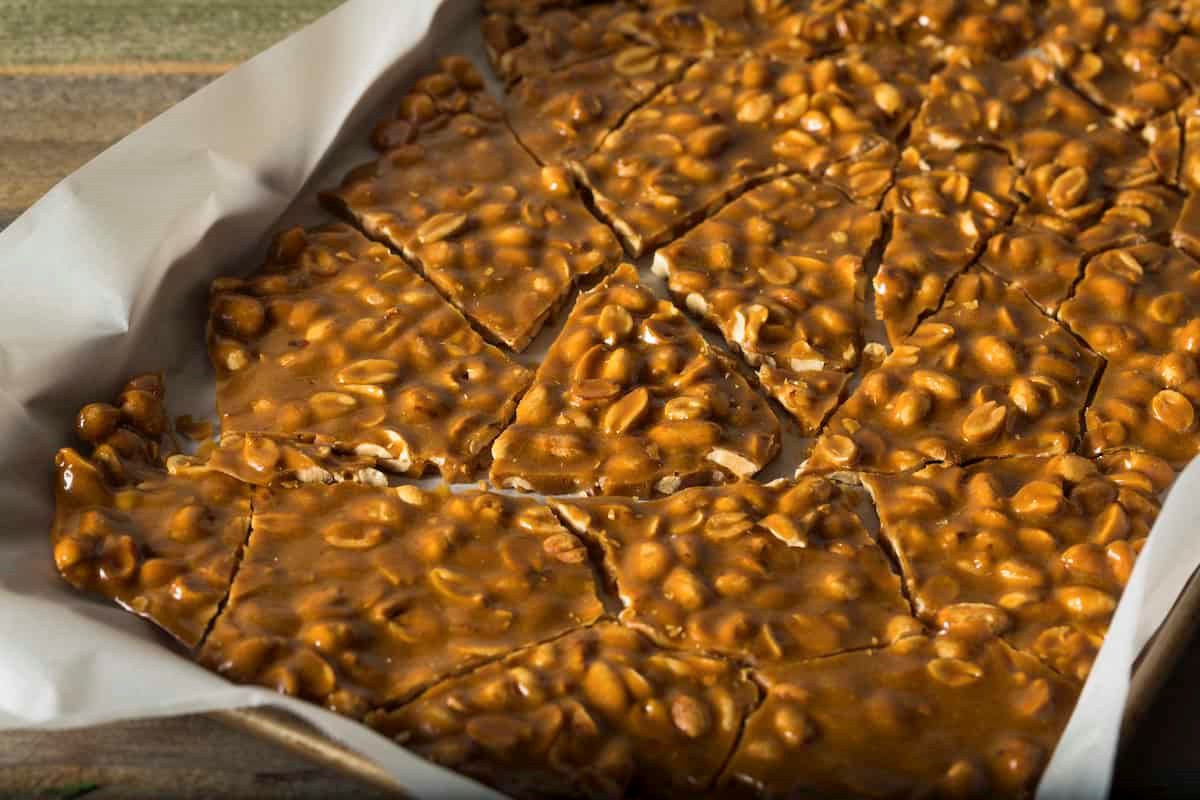
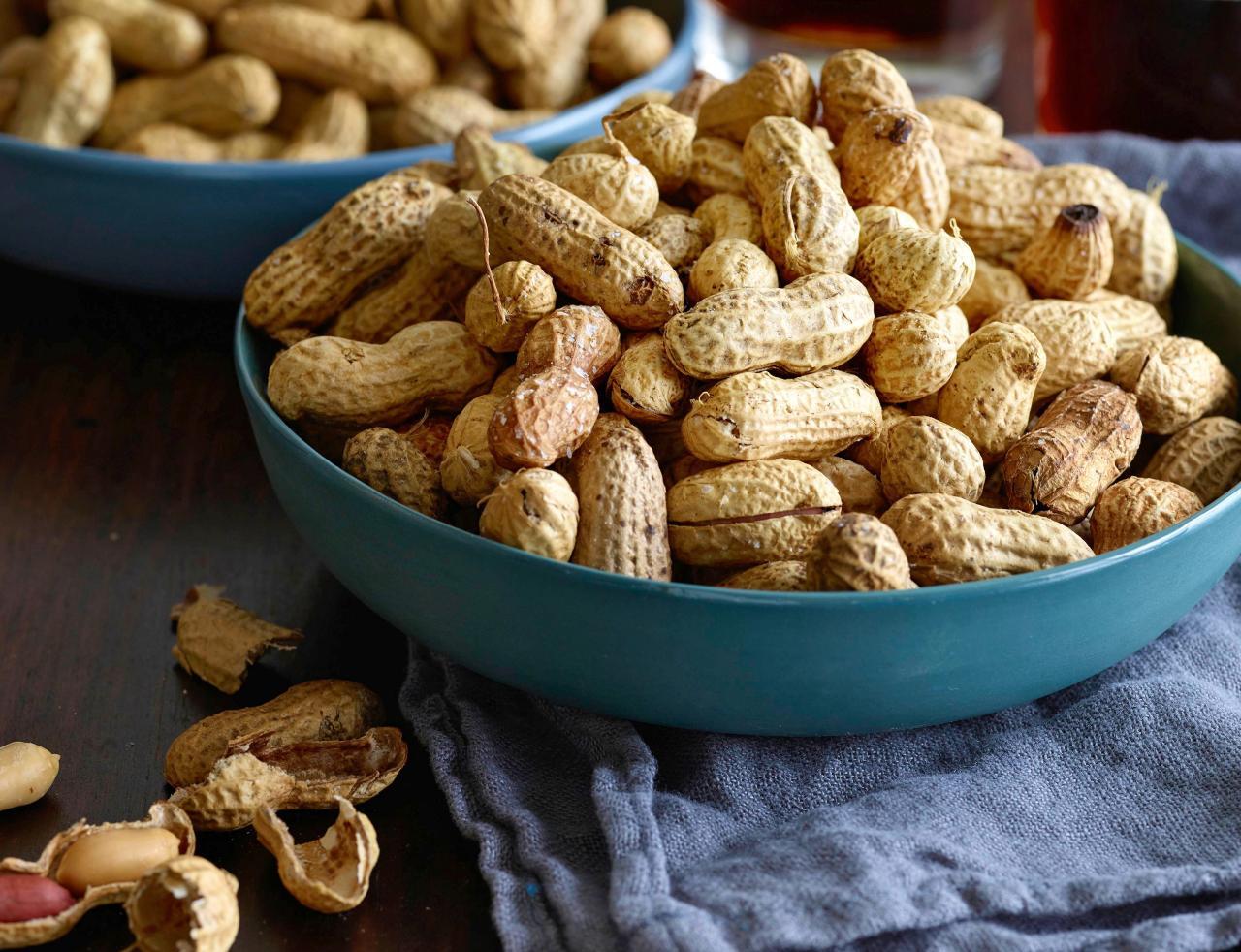
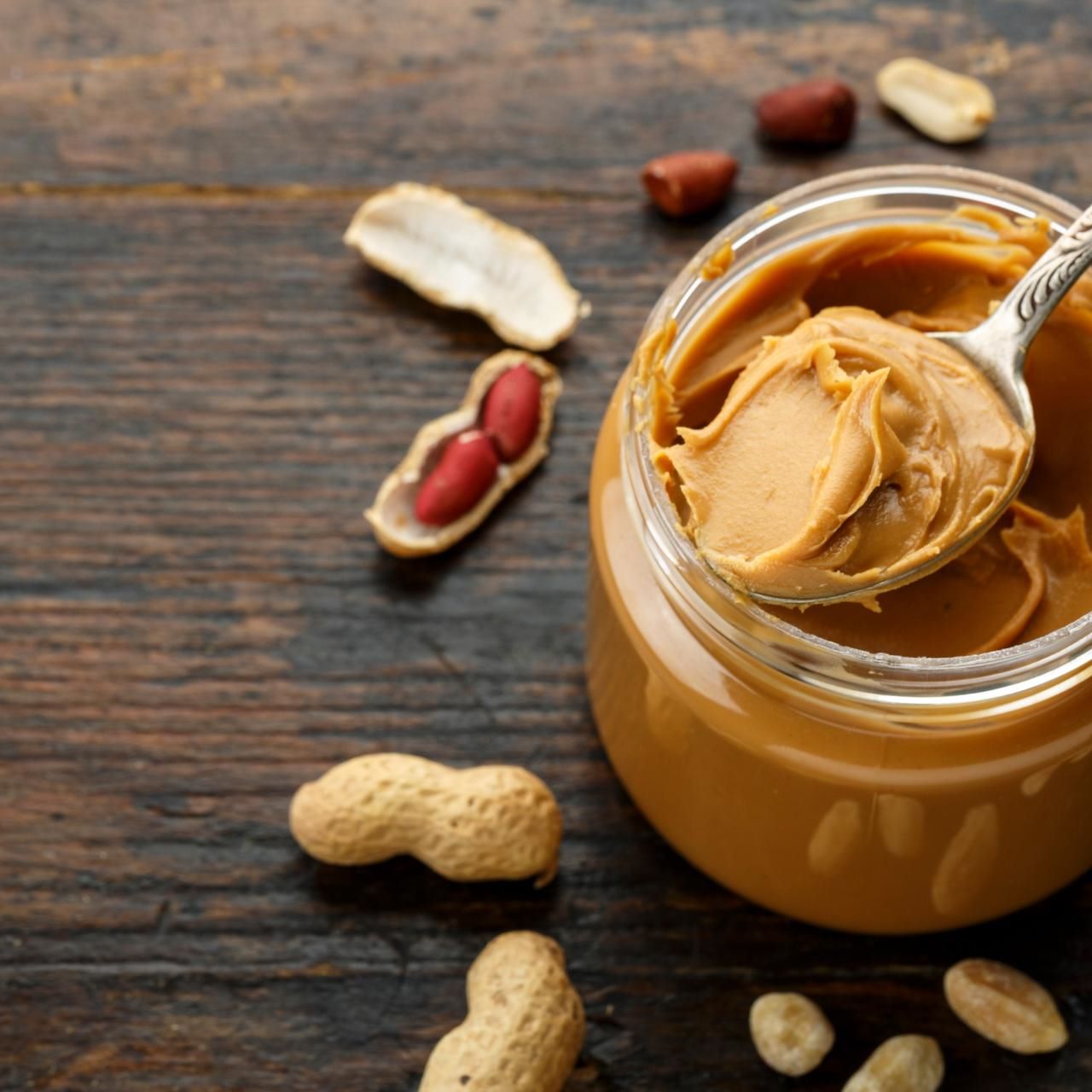

0 thoughts on “How To Store Used Peanut Oil”